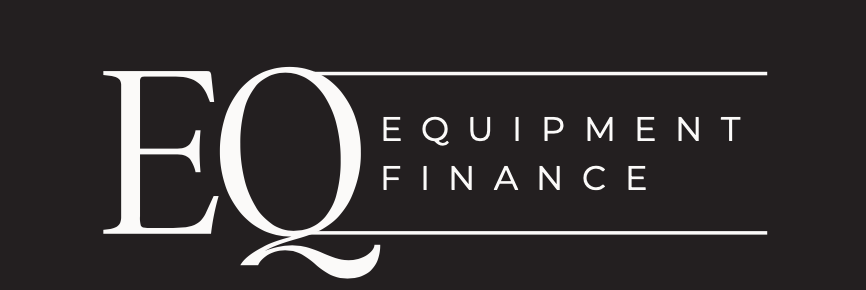When it comes to financing your business, a variety of options are available. Two popular choices are asset finance and traditional bank loans. But how do they differ, and which is better for your business? In this guide, we’ll explore the pros and cons of each option to help you make an informed decision.
Understanding Asset Finance and Traditional Bank Loans
Asset finance and traditional bank loans are two distinct financing options that businesses can choose from. Asset finance involves using assets such as equipment, vehicles, or machinery as collateral for a loan, while traditional bank loans involve borrowing money from a bank or financial institution. Understanding the differences between these two options is crucial for businesses looking to secure financing.
Pros and Cons of Asset Finance
Asset finance can be a great option for businesses that need to acquire new equipment or vehicles without having to pay for them upfront. One of the biggest advantages of asset finance is that it allows businesses to spread the cost of the asset over a longer period of time, making it easier to manage cash flow. Additionally, asset finance can be easier to obtain than traditional bank loans, as the asset being financed serves as collateral. However, one potential downside of asset finance is that the interest rates may be higher than traditional bank loans, and the business may end up paying more in the long run. It’s important to carefully consider the pros and cons before deciding which financing option is best for your business.
Pros and Cons of Traditional Bank Loans
Traditional bank loans are a popular financing option for businesses, as they offer a fixed interest rate and a set repayment schedule. This can make it easier for businesses to budget and plan for the future. Additionally, traditional bank loans may offer lower interest rates than asset finance, saving businesses money in the long run. However, traditional bank loans can be more difficult to obtain than asset finance, as they often require a strong credit history and collateral. Additionally, the application process for traditional bank loans can be lengthy and time-consuming, which may not be ideal for businesses that need funding quickly.
Which Option is Best for Your Business?
The decision between asset finance and traditional bank loans ultimately depends on the specific needs and circumstances of your business. If you have a strong credit history and collateral and are willing to go through a lengthy application process, a traditional bank loan may be the better option for you. However, if you need funding quickly and have assets that can be used as collateral, asset finance may be the better choice. It’s important to carefully consider the pros and cons of each option before making a decision.
Making the Right Decision for Your Business
When it comes to financing your business, there is no one-size-fits-all solution. It’s important to carefully evaluate your business’s needs and circumstances before deciding between asset finance and traditional bank loans. Consider factors such as your credit history, collateral, and the timeline for funding. Ultimately, the right decision will depend on your unique situation and goals for your business. To apply for asset finance, you can begin the process by filling in our contact form.
